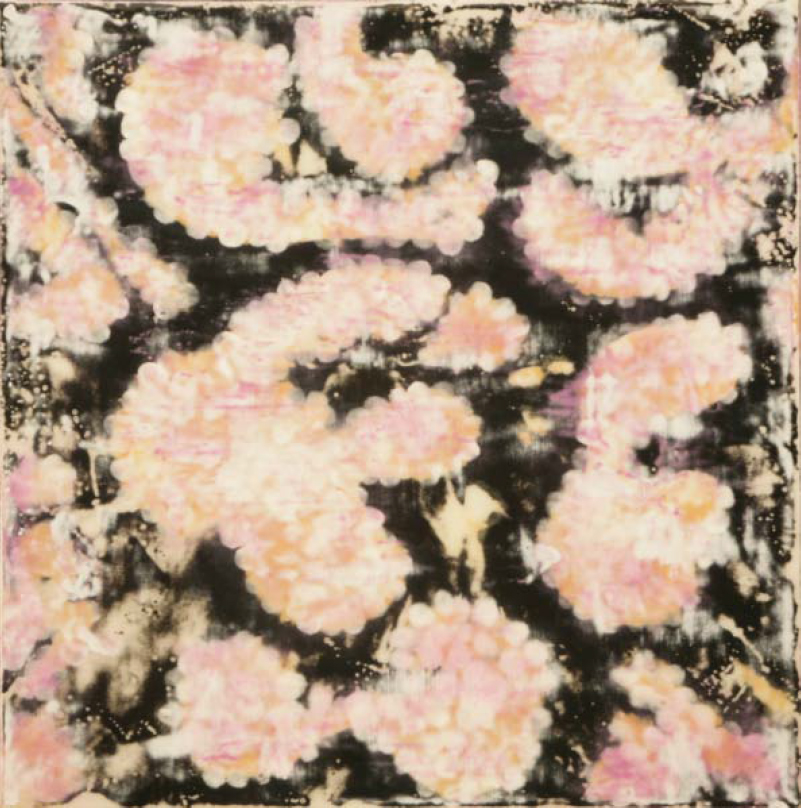Moorea: The Coral Reef Community
Pocillopora woodjonesi Coral
Moorea
From the researcher's perspective...
We have a tendency to think of corals much the same way we think about rocks, or plants. They do not really move, they can look a bit like flowers, and they provide structure and habitat to many other organisms. The reality is quite different—corals are animals, or really, many animals living as a single colony. Each one is an anemone-like polyp connected to adjacent polyps by a thin film of tissue. The polyps are largely identical on a genetic level, but retain autonomy when it comes to things like eating or reproduction.
Corals continue to masquerade as plants in another important way—they are able to harness the energy of the sun to make food. They do this through a symbiosis, a partnership, with a tiny single-celled alga called Symbiodinium. When the partnership is working properly, both the coral and the algae benefit—the algae are protected inside the coral tissue and receive 'fertilizer' in the form of coral waste, and the coral is provided with all of the excess sugars the alga makes through photosynthesis. Sometimes the relationship does not work due to high temperatures, or UV, or changes in salinity, all of which can stress this symbiosis. When this happens, the alga is expelled from the coral tissue. This is what causes "coral bleaching" and it is a major problem on reefs today. The animal part of the coral is still alive after bleaching, but they are much weaker without all the free food from the algae, and if they do not regain an algal symbiont, they will eventually die.
Chris Meyer, Seabird McKeon, Hannah Stewart, and Matthew Johnson
DNA Barcode of Pocillopora woodjonesi
Accessed from Barcode of Life Data Systems
GBAHO440-15 | BMOO-02442 | Pocillopora woodjonesi | COI-5P
TCTTTCTAGTATTCAAGCACACTCCGGAGGTTCTGTTGATATGGTTATTTTTAGTCTTCATTTAGCTGGGGTTTC TTCTATTTTAGGTGCTATTAACTTTATTACTACAATTTTTAATATGCGAGCCCCGGGTGTGTCTTTTAATAAACT ACCTTTATTTGTTTGATCTATTTTAATAACAGCTTTTTTATTACTTTTATCTTTACCTGTTTTAGCTGGTGCTAT TACTATGTTGTTAACAGATAGAAACTTTAATACGACTTTTTTCGATCCAGCGGGTGGCGGGGACCCAATATTATT TCAGCATTTATTT


